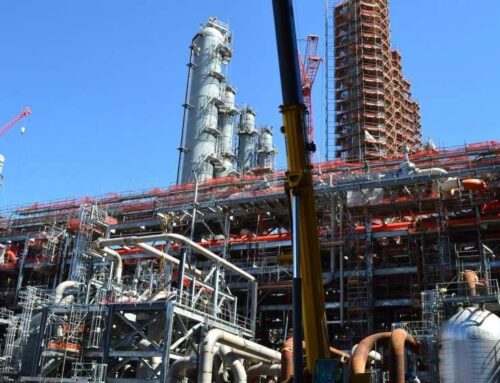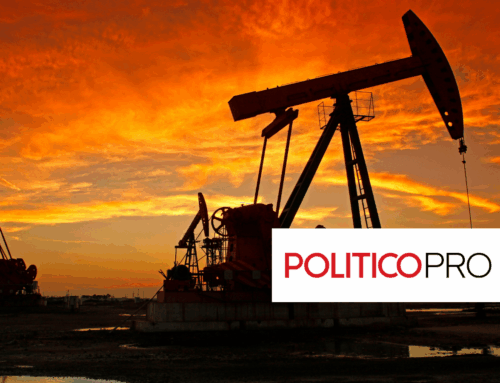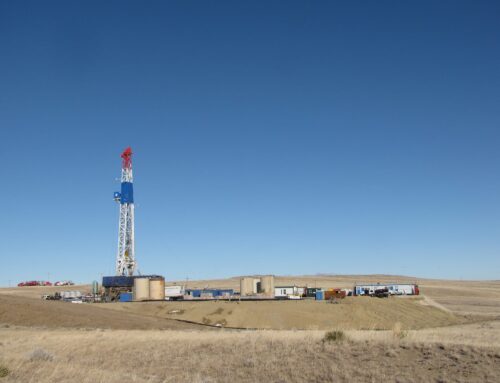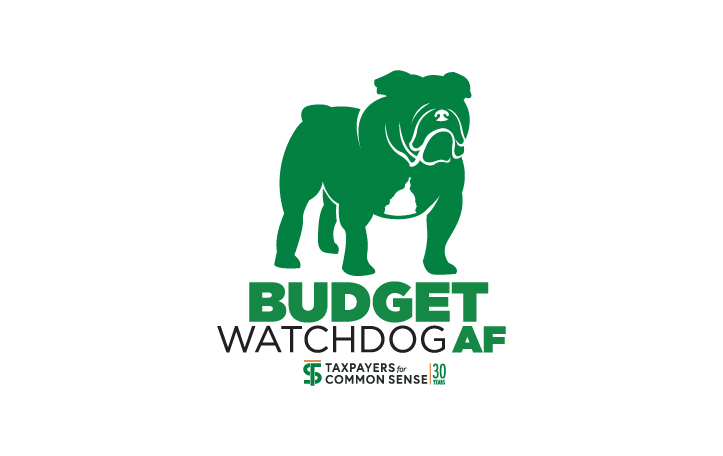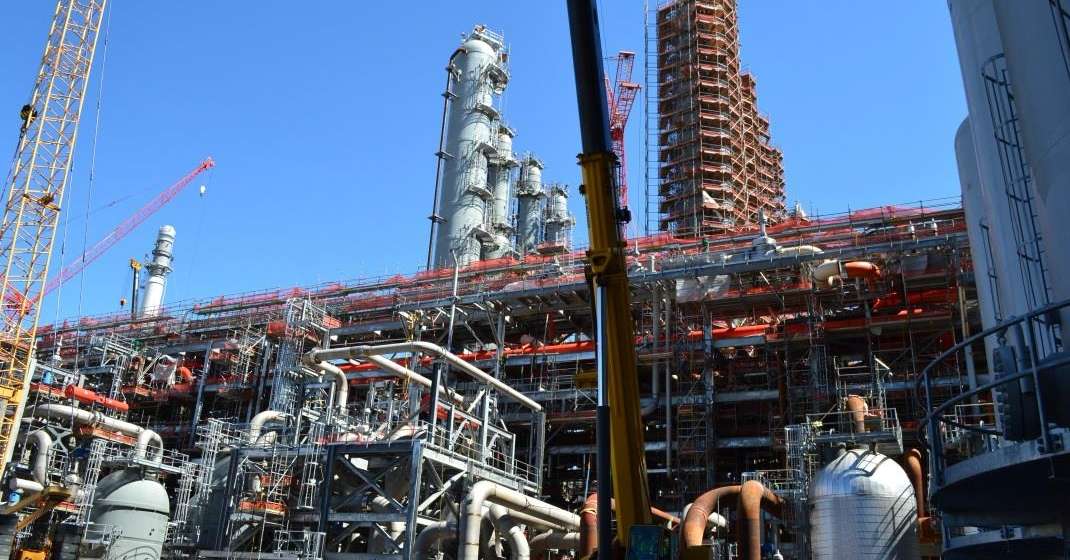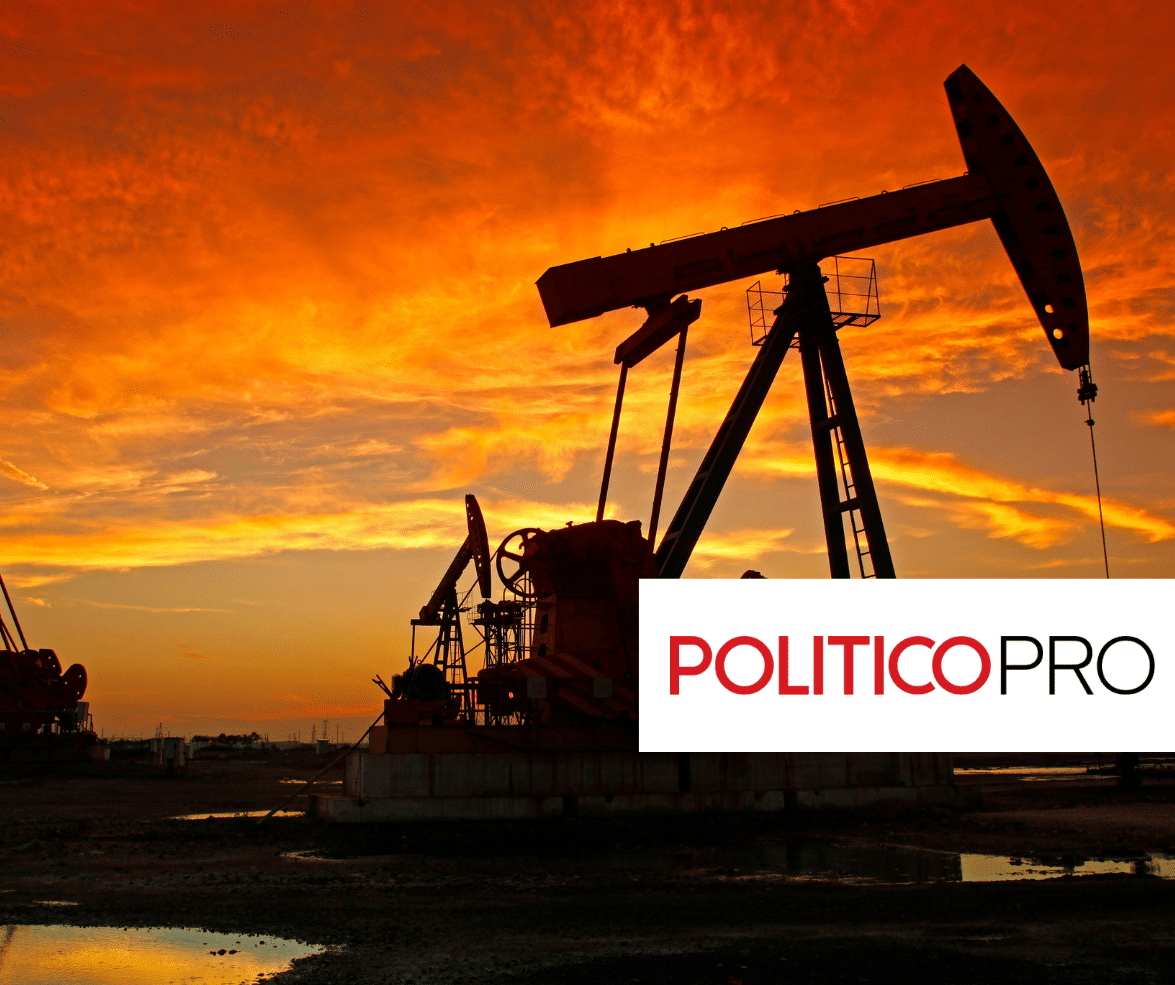On July 24, the federal government leased 7,502 acres of public land in New Mexico for oil and gas development.
Unfortunately for taxpayers, the leases were issued at the recently reduced royalty rate of 12.5%. Because leases are legally binding for the duration of production, New Mexico and U.S. taxpayers are now locked into a bad deal for decades. The result: an estimated total of $52.1 million in lost royalty revenue.
America's public lands and natural resources belong to taxpayers. The federal government manages oil and gas development on these lands by leasing them to private companies, which extract and sell these resources for profit. In return, taxpayers are supposed to receive:
- Bonus Bids: upfront payments offered at competitive auction to secure drilling rights
- Rent: annual payments made until production begins
- Royalties: a share of the value of extracted oil and gas
For decades, the federal oil and gas leasing program lagged behind the private market and states, with outdated terms that hadn't even kept pace with inflation. In 2022, long-overdue reforms modernized the system. But the so-called One Big Beautiful Bill Act (OBBBA), signed into law on July 4, rolled back those improvements—dropping the federal royalty rate from 16.67% back to its 1920s rate of 12.5% and reinstating other, obsolete provisions. Taxpayers will once again be shortchanged as companies lock in decades of drilling under terms that don't reflect the true value of America's oil and gas resources.
| State | Acres Offered | Acres Sold | % Sold | Average Bid/Acre | Pre-reform Average Bid/Acre (2013-2022) | Post-reform Average Bid/Acre (2023-2024) | Total Lease Sale Revenue |
| NM | 7,502 | 7,502 | 100% | $7,757 | $4,138 | $25,504 | $58,260,939 |
–
Today's auction in New Mexico leaves millions on the table for taxpayers. All 7,502 acres offered in the sale were leased at an average bid of $7,757 per acre. That's well below the $25,504 per acre average from the last two years under the 16.7% royalty rate.
New Mexico, one of the top producers of oil and gas on federal lands, regularly holds highly competitive auctions that generate substantial revenue for both federal and state taxpayers. Under current law, states receive half of all federal receipts from resource development within their borders. But outdated leasing policies now risk forfeiting billions in potential revenue.
The OBBBA reversed many of the reforms enacted in 2022 under the Inflation Reduction Act. It slashed the onshore royalty rate back to its 1920s level, reinstated noncompetitive leasing, and eliminated a modest fee meant to offset the administrative costs of auction nominations. Making matters worse, the bill expands the frequency and size of lease sales, increasing those costs further.
Applying a fair, market-based royalty rate is essential to ensuring taxpayers get a reasonable return. Lower royalty rates mean lower revenues. In New Mexico alone, taxpayers missed out on $5.4 billion in revenue from FY2013 to FY2022—before the royalty rate was raised. With the new rollback, those losses are set to resume.
The Bureau of Land Management estimates that the parcels sold today could yield 12.8 million barrels of oil and 44 billion cubic feet of natural gas over their lifetime. Based on the White House budget office's 2025 price projections—used to estimate federal royalty revenue from onshore leases—those resources could be worth roughly $1.2 billion. At the current 12.5% royalty rate, taxpayers would see about $156 million in return—$52 million less than they would under the more competitive 16.67% rate. While it is unlikely all of these resources will be produced within the next year, this estimate demonstrates the scale of taxpayer losses under an outdated, below-market rate.
The results of today's lease sale also show that the remaining 2022 updates to the leasing program—such as modernized minimum bids and rental rates—have not dampened industry interest in high-value areas like New Mexico. The sale was competitive: the average bid came in at $7,757 per acre, well above the previous decade's average of $4,906.
But it was far less competitive than lease sales held in 2023 and 2024, when the 16.67% royalty rate was in effect. During those two years, the average bid per acre in New Mexico was about $25,504—more than triple today's average. That suggests companies are driven more by a parcel's development potential than by generous lease terms. Lowering rates and reinstating outdated policies doesn't spur competition; it just hands out subsidies at taxpayer expense.
New Mexico plays a central role in American energy production. But for taxpayers to benefit, public resources must be managed responsibly. The oil beneath federal lands belongs to the American people. Fair, competitive leasing—and royalty rates that reflect market value—help ensure those resources aren't given away for less than they're worth.

